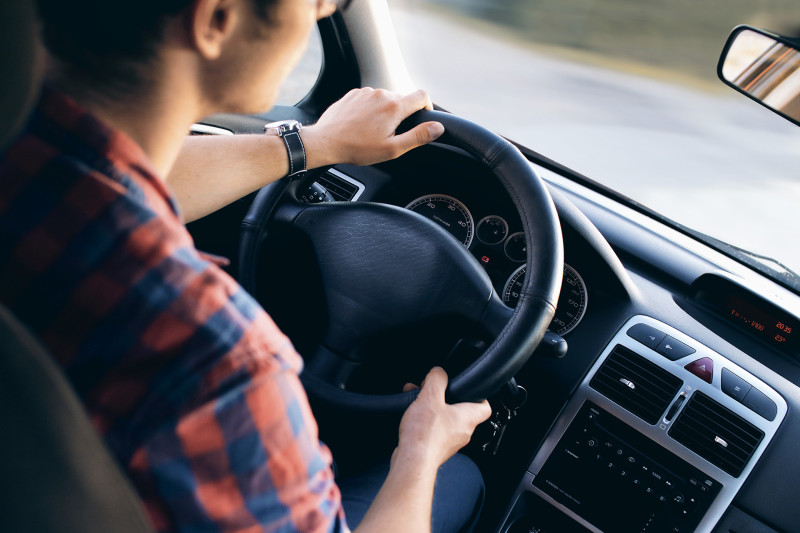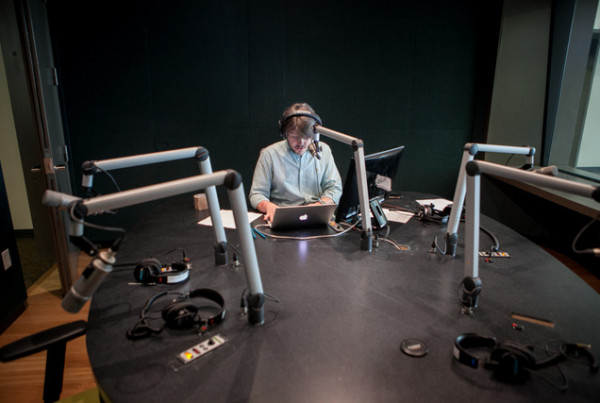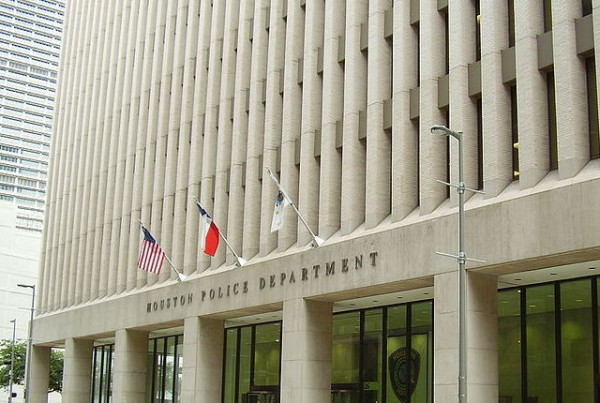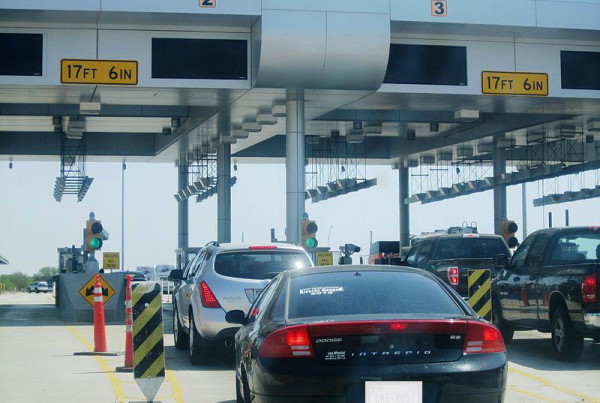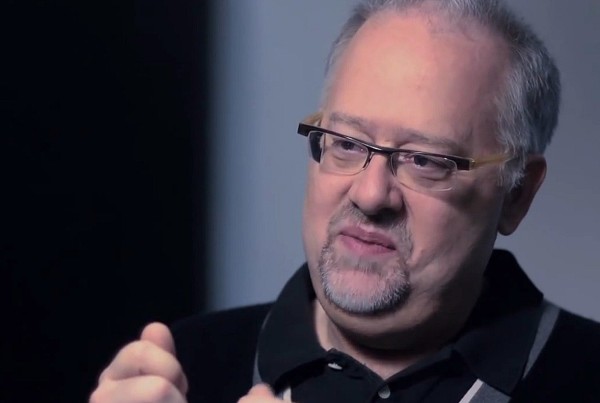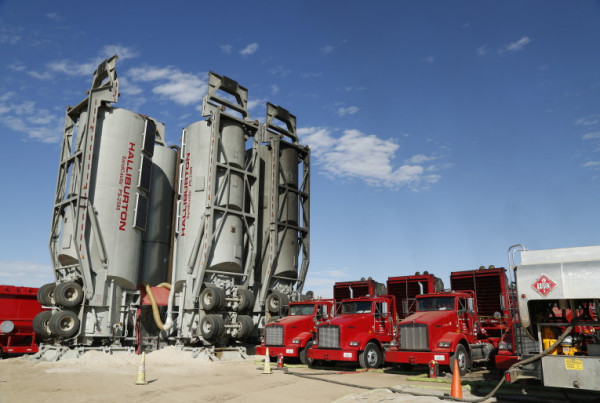Police in Van Zandt County, Texas, are offering a reward to find the suspected shooter of a 39-year-old man who authorities believe was shot as the result of a road rage incident. This report echoes a series of stories that have been making headlines across the state: from the Marine who shot a student in Denton because she refused his advances, to the viral video of two Austin motorists swinging bats and two-by-fours at each other.
But all this raises a bigger question: what is it about sitting behind the wheel that make us so angry?
Art Markman, professor of psychology at the University of Texas in Austin, says it’s all about control.
“When you’re behind the wheel, tremendous amounts of what are going on are actually completely outside of your control,” he says. “When you’re in a situation that’s potentially frustrating, and then you have no control over that situation, that now blossoms from just a little bit of frustration into full-blown rage.”
Another factor is the interpersonal disconnect between drivers. That’s what Markman calls the “internet comment” effect.
“If you think about how mean people can get when they’re making comments on the internet, you actually get a similar thing with road rage,” he says. “You’ve got this anonymous person in another car, they probably can’t hear exactly what you’re yelling at them. … That social distance licenses you to do things you might never do if you were standing right next to somebody.”
Markman says knowing how road rage works means we can begin to fix the problem. Drivers can distance themselves from the situation and take an “overhead perspective.”
“Recognize that chances are there’s a whole line of cars filled with people who are really angry,” he says. “From a distance you can realize there are bigger and more important things in the world than how quickly you are getting past this situation.”
Listen to the full interview in the audio player above.


